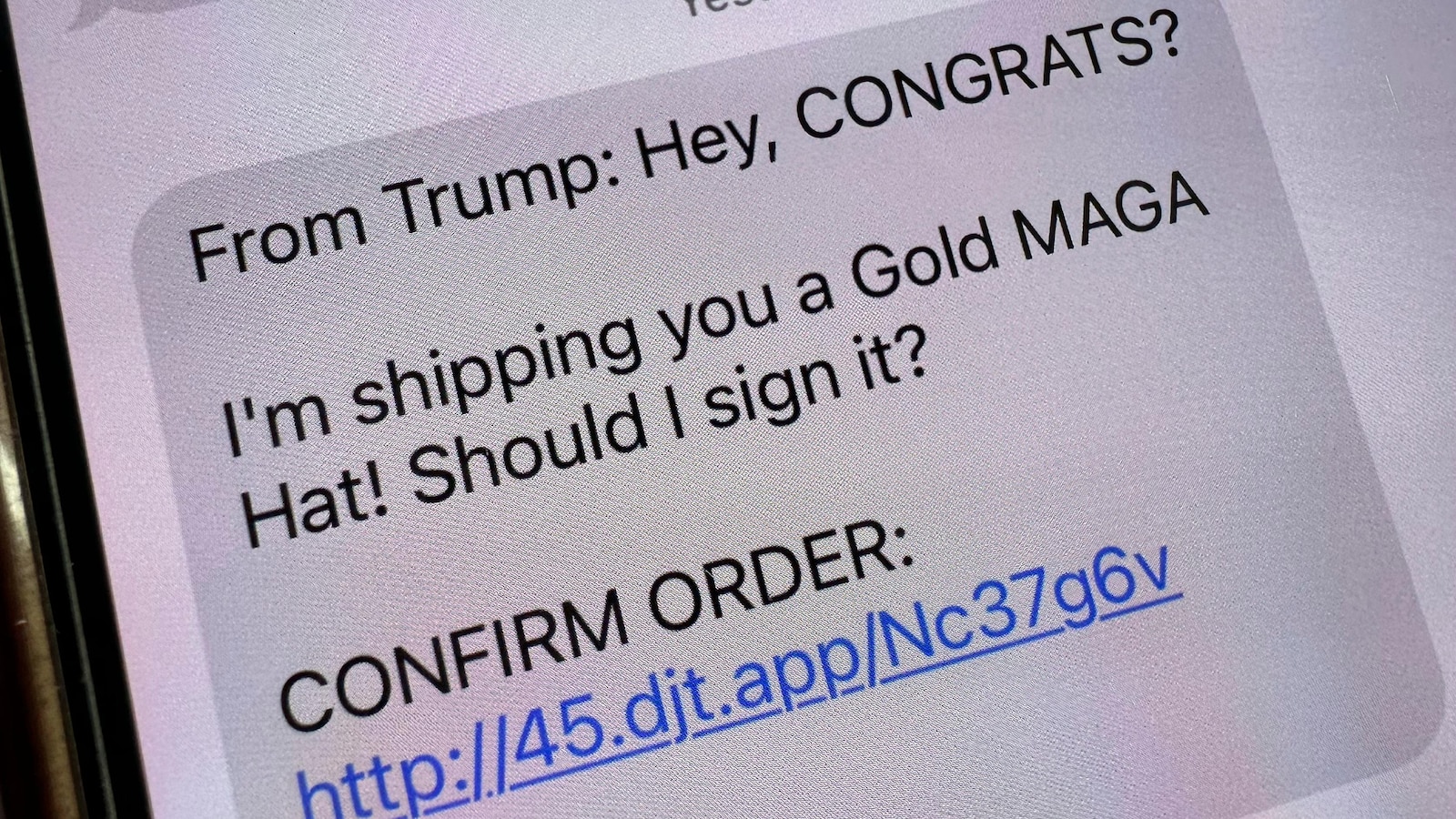Text messaging provides an affordable and direct method for candidates to communicate, bypassing the traditional hurdles associated with broadcast advertising. This tactic allows campaigns to deliver urgent messages, reminders, and fundraising appeals straight to voters’ phones, resulting in a constant stream of notifications. Voters have reported receiving multiple texts throughout the day, turning their devices into buzzing hubs of political activity.
At a recent rally outside Atlanta, supporter Robin Beah expressed her feelings about the influx of campaign texts, describing them as “harmless” and expressing her willingness to receive more from candidates she believes in. In contrast, others have shared their frustrations, with some feeling overwhelmed by the sheer volume of messages they receive, which can sometimes turn into mere background noise.
For many, the effectiveness of these text campaigns is undeniable, even if not all recipients welcome them. Voters like Ebenezer Iyasu shared that the frequent messages have become a routine part of their day, while others, like 26-year-old designer Sarah Wiggins, prefer more personal interactions over digital outreach.
On the other side of the political spectrum, Trump supporters have voiced similar concerns about the barrage of campaign messages, likening them to the relentless marketing from other industries, such as real estate and insurance. Yet, many recognize that the strategy might be effective in reaching voters, as campaigns can “catch” a few individuals willing to donate or engage.
Both campaigns share common strategies, including creating a sense of urgency around fundraising efforts and using personal-sounding messages from well-known figures to encourage donations. Trump’s campaign, in particular, has taken a unique approach by tying fundraising messages to merchandise, such as limited-edition MAGA hats, suggesting a blend of commerce and campaign strategy.
Text messages have also been used as tools of misinformation, with some voters receiving false claims about their voting status. Recent reports from Wisconsin and Pennsylvania highlighted instances where voters were misled about their eligibility, raising concerns over the integrity of these communications.
While many campaign messages might seem innocuous, experts caution voters to scrutinize the fine print in fundraising appeals. Transparency is key, and legitimate organizations should clearly outline where donations will go. Resources like OpenSecrets and the Federal Election Commission can help voters track where their money is being spent.
In this new landscape of political engagement, voters like Beverly Payne from Coming, Georgia, have embraced the constant stream of texts, even finding joy in their participation. She sees her interactions with the campaigns as a reflection of modern political culture and a sign of robust fundraising efforts.
As campaigns prepare for the final push leading up to the election, the reliance on text messaging is expected to grow, transforming how candidates connect with constituents and shaping the future of political communication in America.

